Tassel Hyacinth Growing: Learn About Tassel Hyacinth Bulbs In The Garden
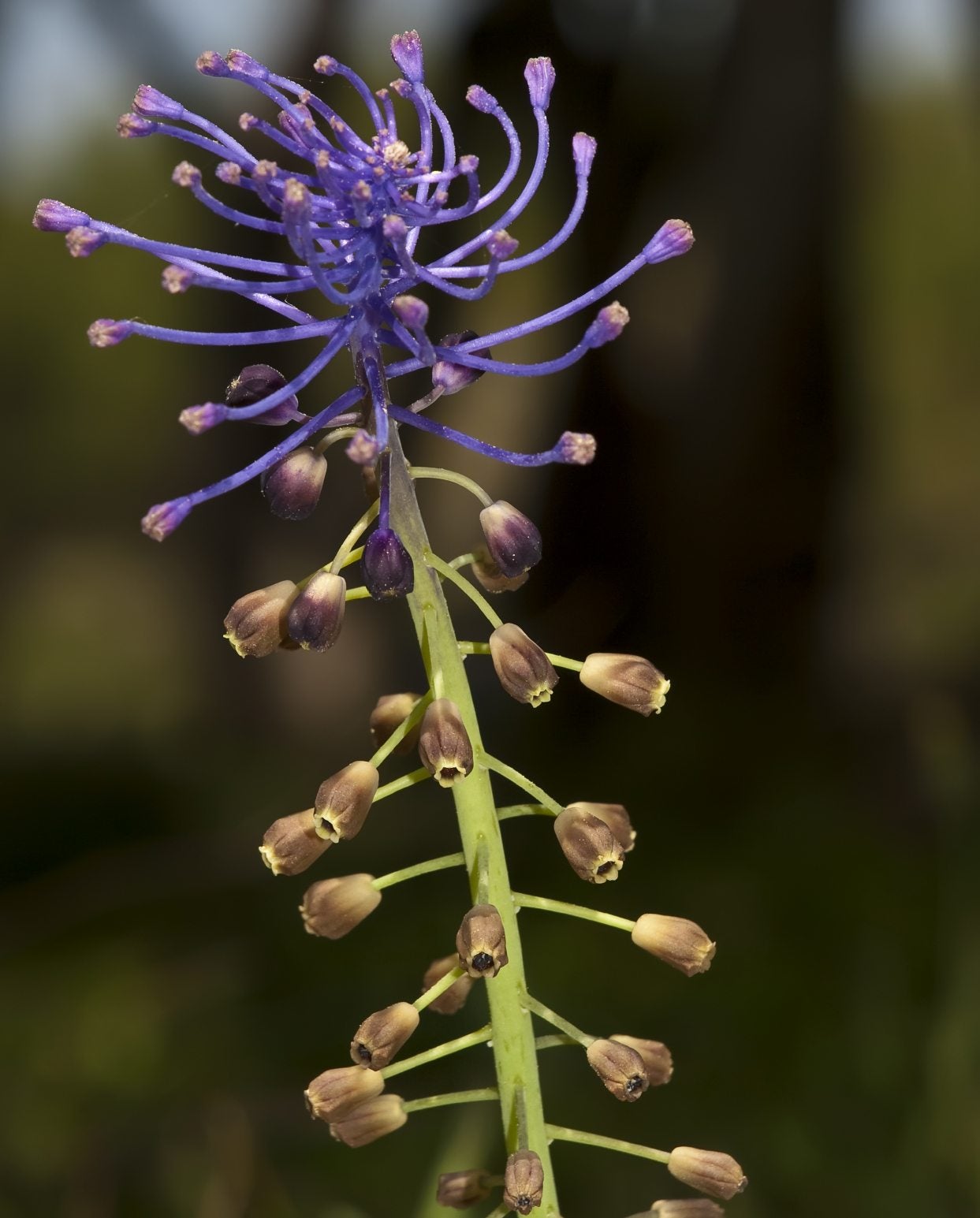

Tassel hyacinth bulbs, known as lampascioni, are considered a delicacy in Mediterranean countries where the plant is cultivated for this purpose. However, many gourmets think the flavor of wild plants is superior to cultivated bulbs. Read on for more wild tassel hyacinth info, and learn how to take care of tassel hyacinths in your garden.
Wild Tassel Hyacinth Info
Tassel grape hyacinth (Leopoldia comosa or Leopoldia muscari), also known as tassel hyacinth, fringe hyacinth, or musk hyacinth, is a wildflower native to Turkey, Iraq, and southeastern Europe. Tassel grape hyacinths are similar to the familiar garden-variety grape hyacinths, but the brownish green flowers are topped by tufts of violet-blue, fringe-like blooms. The lower part of the flowers are fertile, but the tassels are sterile. Tassel hyacinth bulbs are hardy to USDA plant hardiness zones 4 through 8. Tassel grape hyacinth is a woodland plant that prefers dappled sunlight or light shade. It works well in garden edges, beds, or along garden paths. However, consider carefully before planting tassel grape hyacinth. Although the plant is non-native in the United States, tassel grape hyacinth has naturalized across much of the United States. It multiplies rapidly and is considered an invasive plant in some areas.
Tassel Hyacinth Growing
Tassel hyacinth growing is simple, but the plant requires well-drained soil to prevent the bulbs from rotting. If the soil is soggy, add several inches (8 cm.) of compost or mulch to improve drainage. Plant the round tassel hyacinth bulbs about 3 inches (8 cm.) deep in fall, with the pointy side up. Allow 2 to 4 inches (5-10 cm.) between each bulb. Water deeply immediately after planting. The bulbs will bloom in spring.
Care of Tassel Hyacinths
Water tassel hyacinths well while the plant is growing and developing leaves, then cut back on water after the blooms fade. Leave the foliage in place until the leaves turn yellow, as the green foliage absorbs sunlight, thus providing energy to feed the bulbs for the coming blooming season. Once established, tassel grape hyacinth is easy to propagate by dividing and planting the bulb offsets.
Gardening tips, videos, info and more delivered right to your inbox!
Sign up for the Gardening Know How newsletter today and receive a free copy of our e-book "How to Grow Delicious Tomatoes".

A Credentialed Garden Writer, Mary H. Dyer was with Gardening Know How in the very beginning, publishing articles as early as 2007.
-
 Looking For Plants To Give You The Soft And Fuzzies? Try These 5 Fuzzy Leaf Plant Options
Looking For Plants To Give You The Soft And Fuzzies? Try These 5 Fuzzy Leaf Plant OptionsLovers of texture, drama, silver foliage and tactile plants will adore these special sensory garden additions. These fuzzy leaf plant options will leave you all aglow
By Susan Albert
-
 Get Ready For A Summer Of Hummers! Grow These Full Sun Hummingbird Plants and Flowers
Get Ready For A Summer Of Hummers! Grow These Full Sun Hummingbird Plants and FlowersIf you’re lucky enough to enjoy a sunny backyard, make sure you are maxing out on your pollinator opportunities and grow these full sun hummingbird plants and flowers
By Tonya Barnett
-
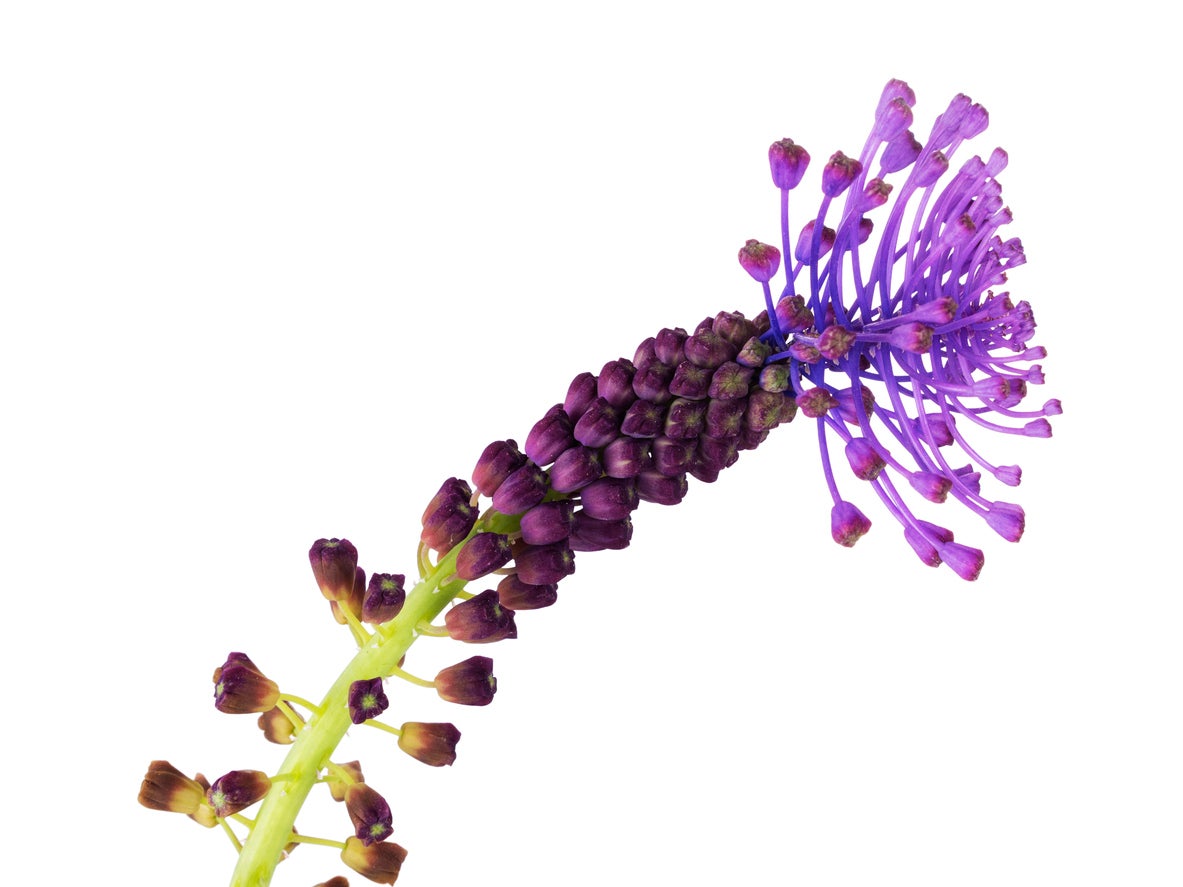 Feather Hyacinth Plants – Tips For Planting Feathered Grape Hyacinth Bulbs
Feather Hyacinth Plants – Tips For Planting Feathered Grape Hyacinth BulbsThe feather hyacinth, aka tassel hyacinth plant, can add another cool textural element to the garden with their feathery plumes. If you have some of these bulbs and are ready to go, click this article for tips on how to grow a Muscari feather hyacinth, including tips on their care.
By Teo Spengler
-
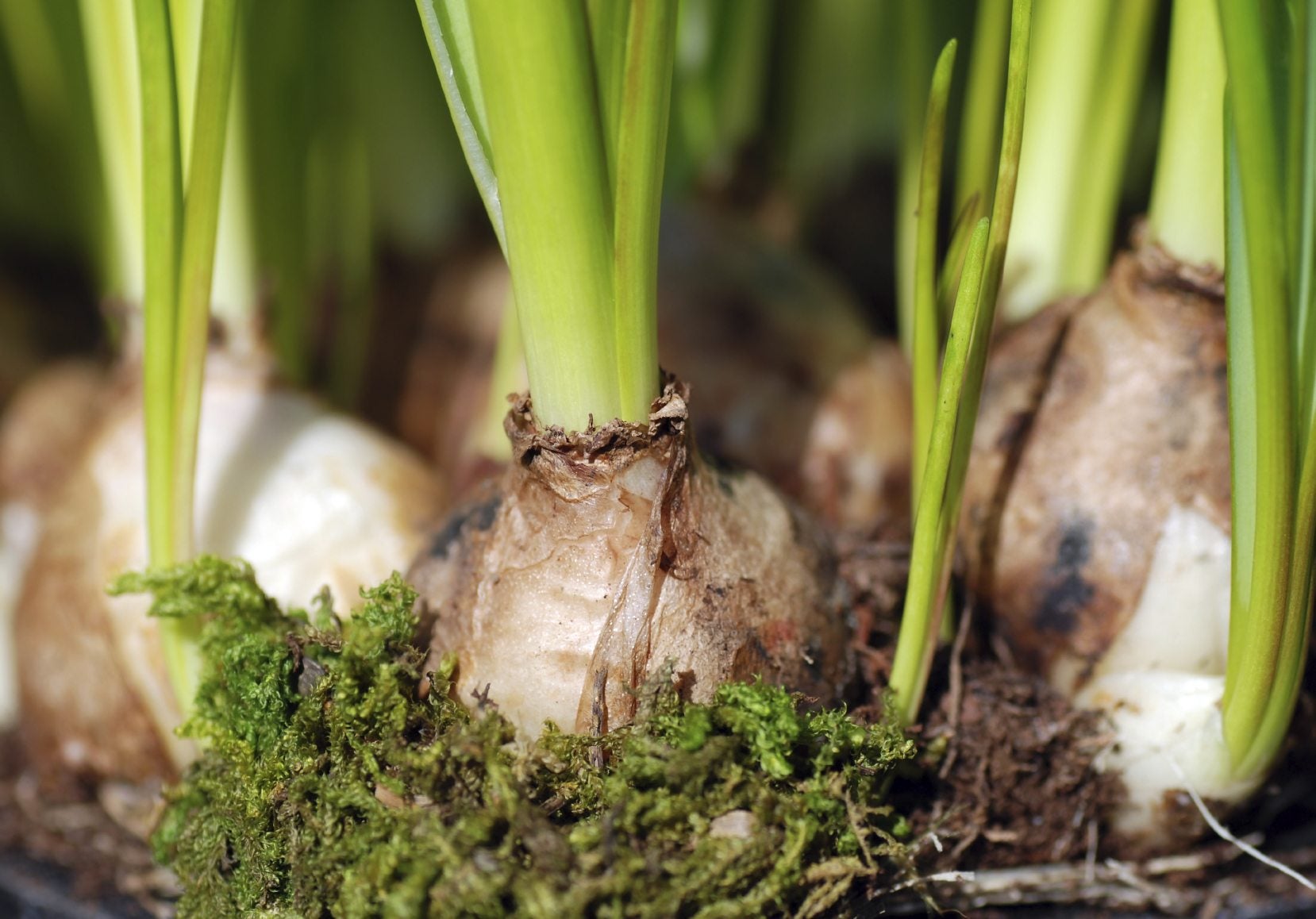 Digging Grape Hyacinths: How To Store Hyacinth Bulbs After Flowering
Digging Grape Hyacinths: How To Store Hyacinth Bulbs After FloweringGrape hyacinths are easy to dig up after flowering. Can you replant grape hyacinths? Yes, you can. Use the following article to get all the info you need about how to store hyacinth bulbs after flowering. Click here to learn more.
By Teo Spengler
-
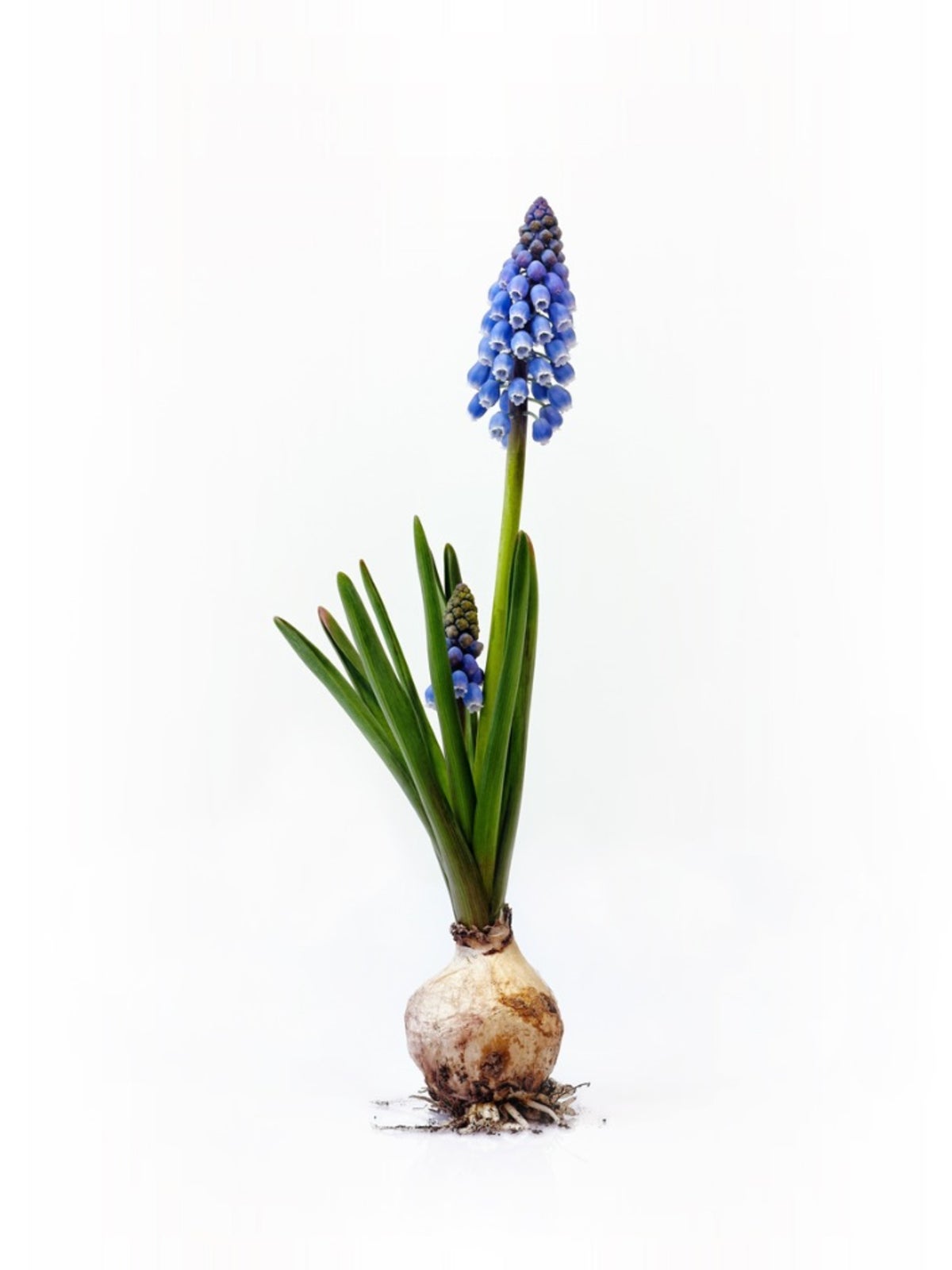 Muscari Propagation: Learn About Propagating Grape Hyacinth Bulbs And Seeds
Muscari Propagation: Learn About Propagating Grape Hyacinth Bulbs And SeedsIf you want to start growing grape hyacinth, or want to expand your collection, propagating grape hyacinths is very easy. Click this article to learn about propagation from grape hyacinth bulbs and grape hyacinth seeds.
By Liz Baessler
-
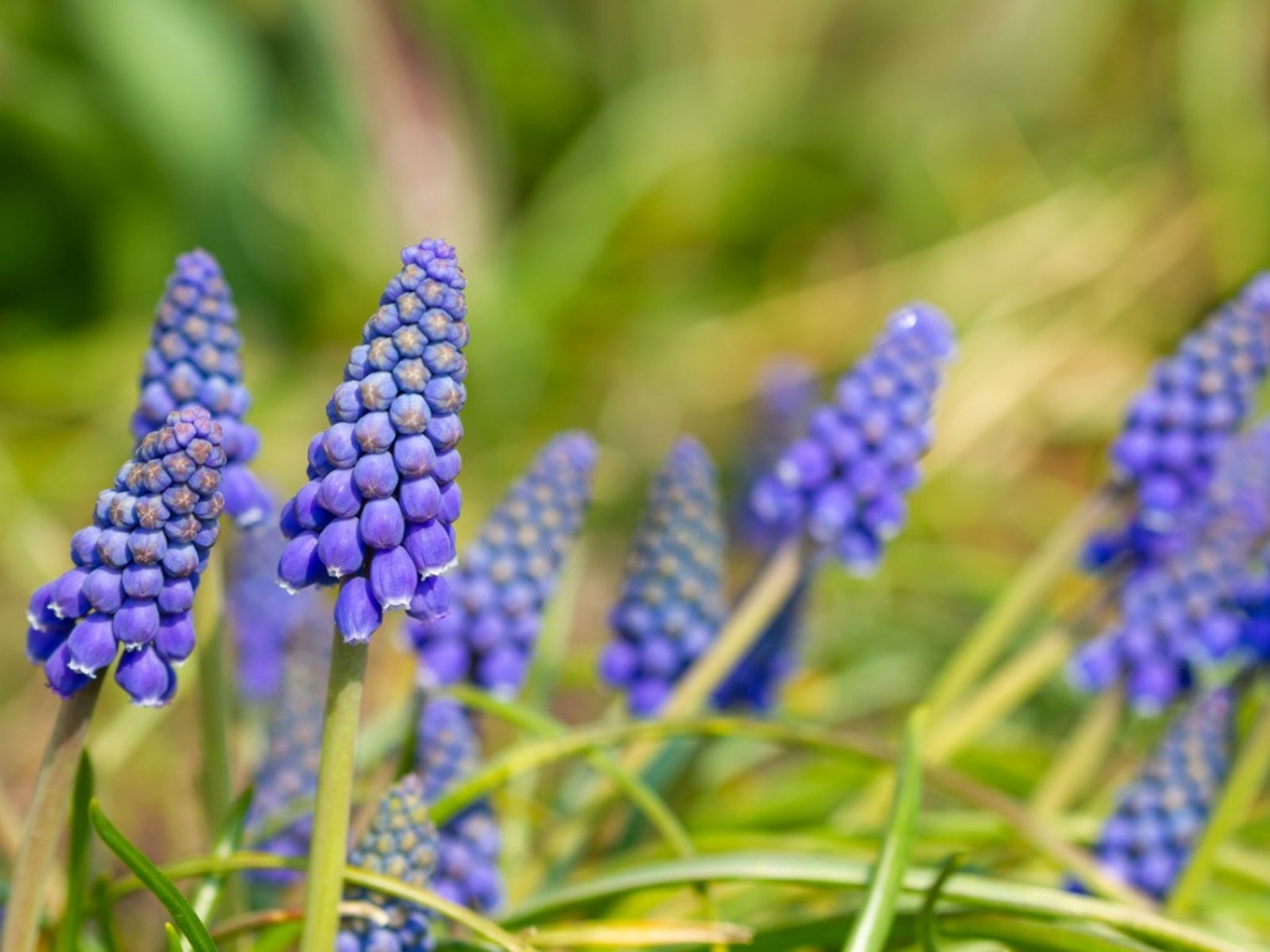 Grape Hyacinth After Flowering – Learn About Muscari Care After Blooming
Grape Hyacinth After Flowering – Learn About Muscari Care After BloomingWhen the grape hyacinth blooming season comes to an end, you need to care for the bulbs to protect and preserve them so that they can bloom again the following year. Read on for information about Muscari care after blooming.
By Teo Spengler
-
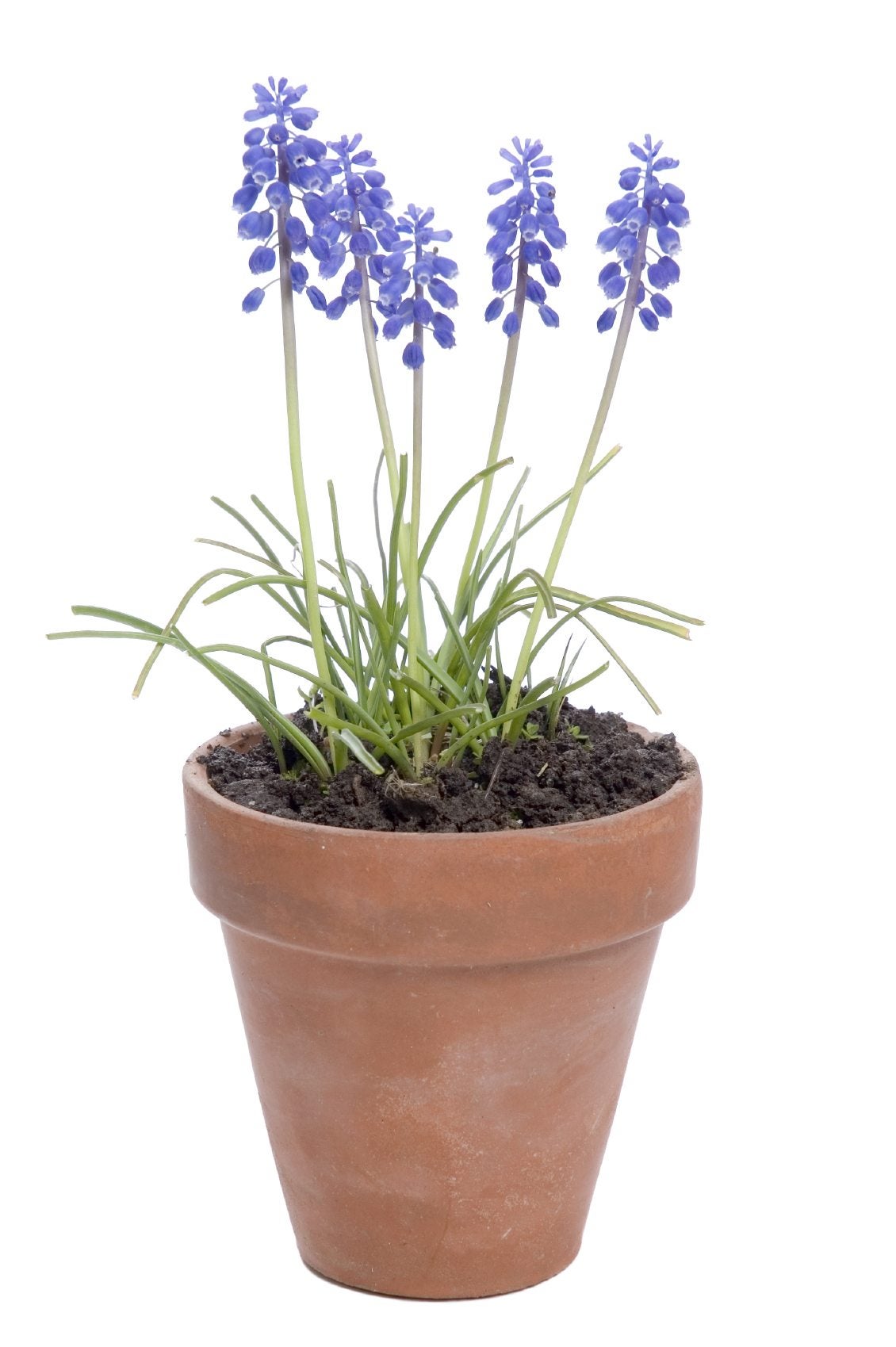 Growing Grape Hyacinth In Containers: How To Plant Muscari Bulbs In Pots
Growing Grape Hyacinth In Containers: How To Plant Muscari Bulbs In PotsGrape hyacinths are not, contrary to popular belief, related to hyacinths. They're actually a type of lily. They have a shockingly beautiful blue color (except when they're white) and a heavenly scent. They also grow very well in pots, and this article will help.
By Liz Baessler
-
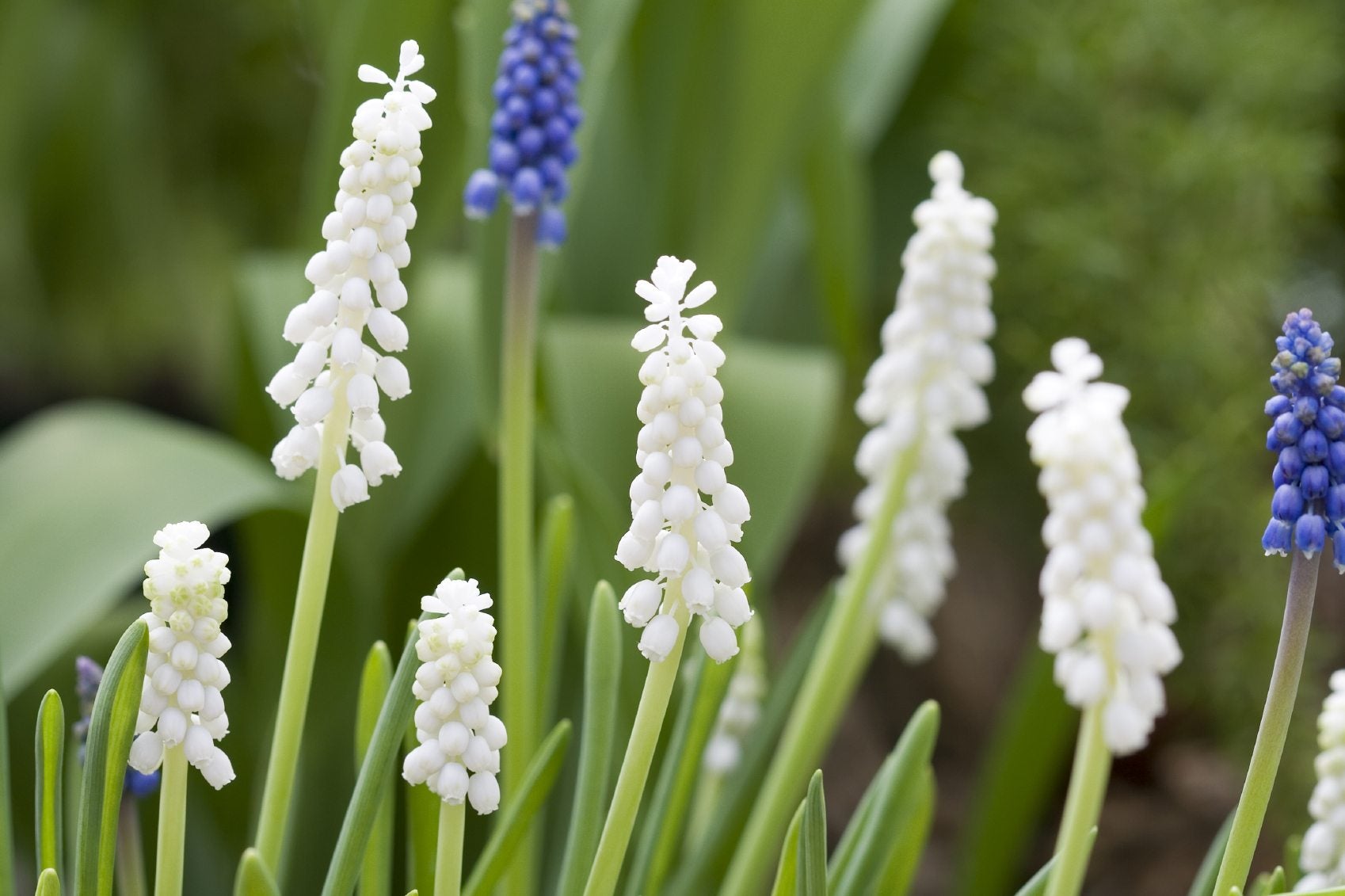 Types Of Grape Hyacinths: Grape Hyacinth Varieties For The Garden
Types Of Grape Hyacinths: Grape Hyacinth Varieties For The GardenThere are many grape hyacinth varieties, 40 species alone, that are resilient additions to the landscape mirroring the blue skies heralding winter's end. So what are grape hyacinth plants and what types of grape hyacinths are suited to your garden? Learn more here.
By Amy Grant
-
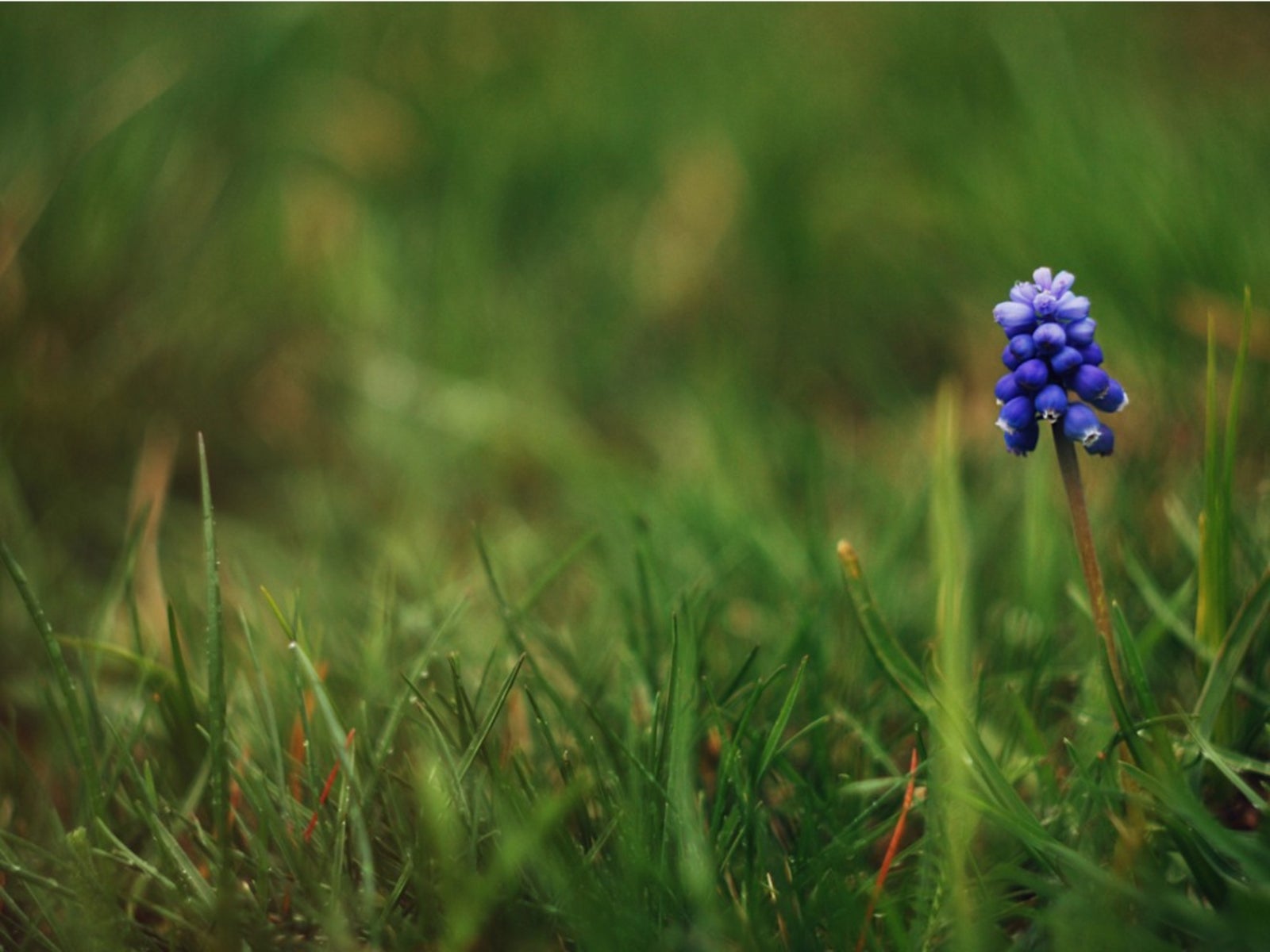 Muscari Seed Planting: How To Grow Grape Hyacinth Flower Seeds
Muscari Seed Planting: How To Grow Grape Hyacinth Flower SeedsGrape hyacinth seed propagation is not as easy or quick as growing the plants from mature bulbs but it is an inexpensive way to further expand your stock of these appealing flowers. Click this article to learn more about Muscari seed planting.
By Bonnie L. Grant
-
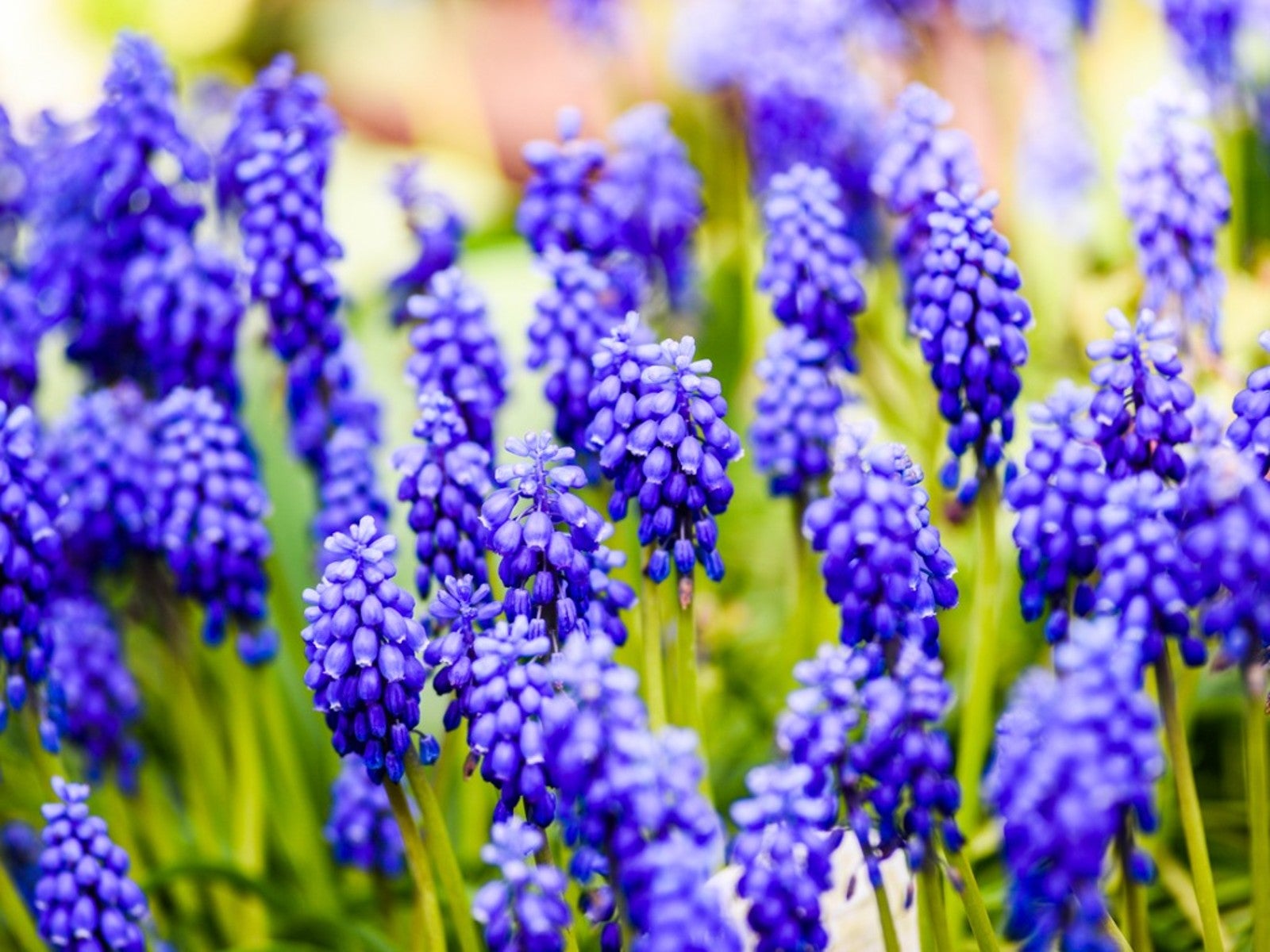 Caring For Grape Hyacinth In Lawns: How To Naturalize Grape Hyacinth Bulbs
Caring For Grape Hyacinth In Lawns: How To Naturalize Grape Hyacinth BulbsSome gardeners aren't crazy about the idea of grape hyacinths popping up in a tidy lawn, but others love the carefree appearance amid the grass. If you belong to the latter group, click here to learn how to naturalize grape hyacinth bulbs in your lawn.
By Mary H. Dyer